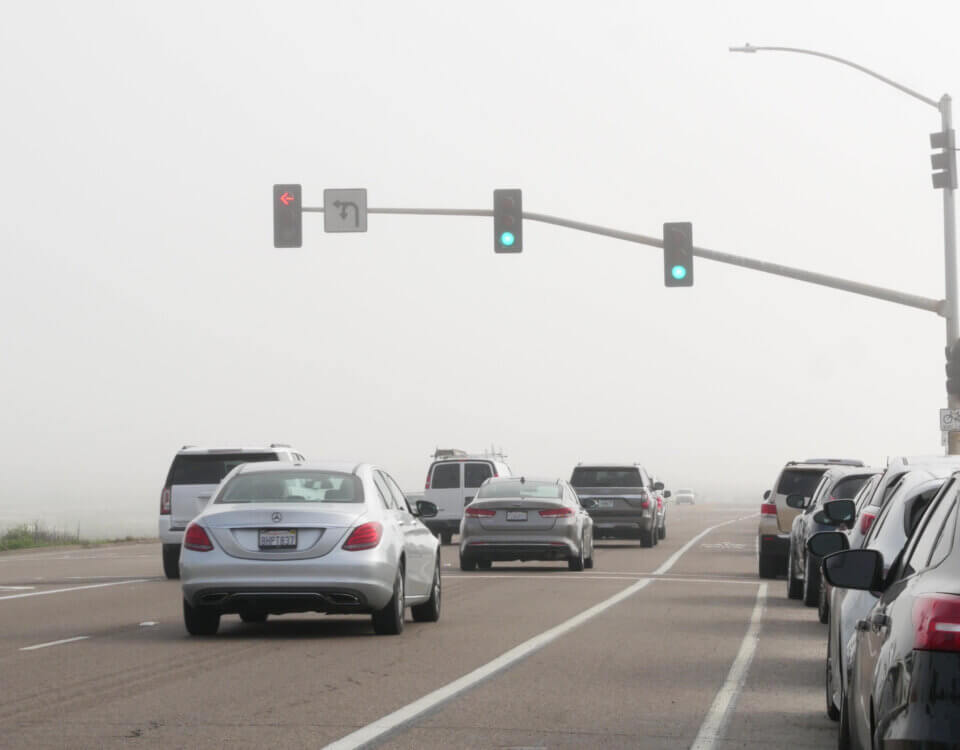Speeding plays a significant role in traffic deaths and serious injuries. This post reviews data from 2000 through 2020 to show how often speeding is involved in fatal crashes and what trends have emerged.
Key Statistics
- For over twenty years, about one third of all vehicle fatalities have involved speeding.
- In 2020, speeding factors contributed to approximately 29% of all traffic deaths. That amounts to over 11,200 deaths, an average of more than 30 people per day.
- That same year showed an increase in speeding related deaths of around 17% compared to 2019. It was the highest number of such deaths since 2008.
Trends by Age, Gender, and Conditions
- Young male drivers are the most likely to be speeding when a crash becomes fatal. In 2020, at least 32% of male drivers in the 15 to 20 and 21 to 24 age groups involved in fatal crashes were speeding. Female drivers in those same age groups were less likely to be speeding, at about 18%.
- Crashes on roads with standing or moving water are more likely to involve speeding. In 2020 almost half of the fatal speeding crashes happened when the road surface was wet.
State Level Figures
- In 2020, California recorded 1,228 speeding related traffic deaths. That was second only to Texas, which had 1,446.
What It Means and What You Should Consider
Speeding does not only increase the chance of causing an accident, it often increases how severe the crash will be. Because speed amplifies force, injuries tend to be worse and survivors often have long term consequences.
If you or a loved one is injured in a speeding related crash, it is important to seek medical attention right away, keep records of all costs such as medical bills, car damage, and lost wages, and talk to a car accident attorney who understands how to build evidence around speed and fault.
Note: These blog posts are created solely for the use of Hillstone Law. The information is gathered from internet research, publicly available sources, and artificial intelligence (AI) tools such as ChatGPT. While we aim to share helpful and educational content, Hillstone Law does not independently verify every detail. Some information may be incomplete, outdated, or subject to change without notice. If you believe any part of a post is inaccurate, misleading, or infringes upon copyright, please contact Hillstone Law immediately so we can review it and take appropriate action, including correction or removal.
Disclaimer: The material provided in these blogs is for general informational purposes only and should not be considered legal advice. Reading these posts does not create, and is not intended to create, an attorney-client relationship with Hillstone Law. Our intent is to share knowledge, raise awareness, and provide helpful resources to the public; however, Hillstone Law makes no warranties or guarantees about the accuracy, completeness, or reliability of the information provided, and expressly disclaims liability for any actions taken in reliance on it. The photos used in these posts are for illustrative purposes only and do not depict actual clients, individuals, or incidents unless expressly stated. If you or a loved one has been injured in an accident, please contact Hillstone Law at (855) 691-1691. Our attorneys are available to answer your legal questions and help you understand your rights.








